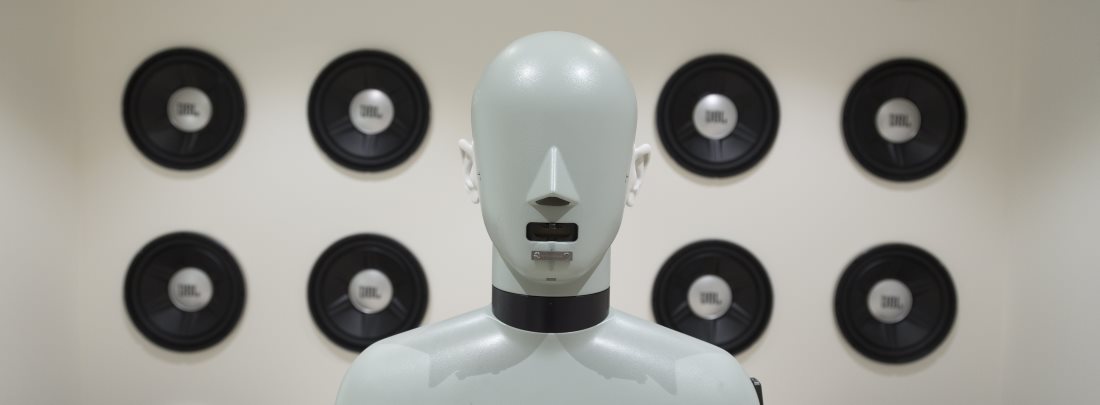Imagine that a new road was planned for construction close to your house. Naturally, you might want to know how much this would impact the noise situation in the area where you live. Currently, what the developers would be able to tell you are numbers called equivalent levels that describe the noise increase in your area. While these numbers may be based on excellent simulations and may be entirely correct, numbers are no substitute for listening!
The annoyance of a noise source is quite dependent on the noise character. For instance, an airport produces short periods of of strong noise from overflights, while a road produces weaker noise over a longer period. Even though the equivalent noise levels may be the same for a nearby airport and a nearby road, the noise experience will be quite different.
In the MAUS project, SINTEF is developing tools based on the state-of-the-art Nord2000 model for outdoor noise propagation. These tools will allow an artificial stereo reproduction of the sound from a virtual noise source, be it a new road, a new factory, a new shooting range, or another kind of noise source. Such an approach, where the sound of something is «visualised» before it has been built, is called auralisation. Our tools will take into account the various sound paths from the noise source to a mobile listener, including ground reflections from any surfaces, reflections from walls and sound bending over buildings and sound screens.
In the mentioned road construction scenario, inhabitants would be able to listen to the effect of multiple traffic scenarios and the effect of various noise mitigation scenarios such as noise-reducing asphalt and sound screens. This would allow developers and inhabitants to make more informed choices among the available alternatives, thus reducing the impact of environmental noise in our society.
Below you can listen to a simple example auralisation of a car passing by a listener at a distance of a few metres. (This clip is intended for listening on loudspeakers.)
Picture by Erlend Magnus Viggen / SINTEF ICT




